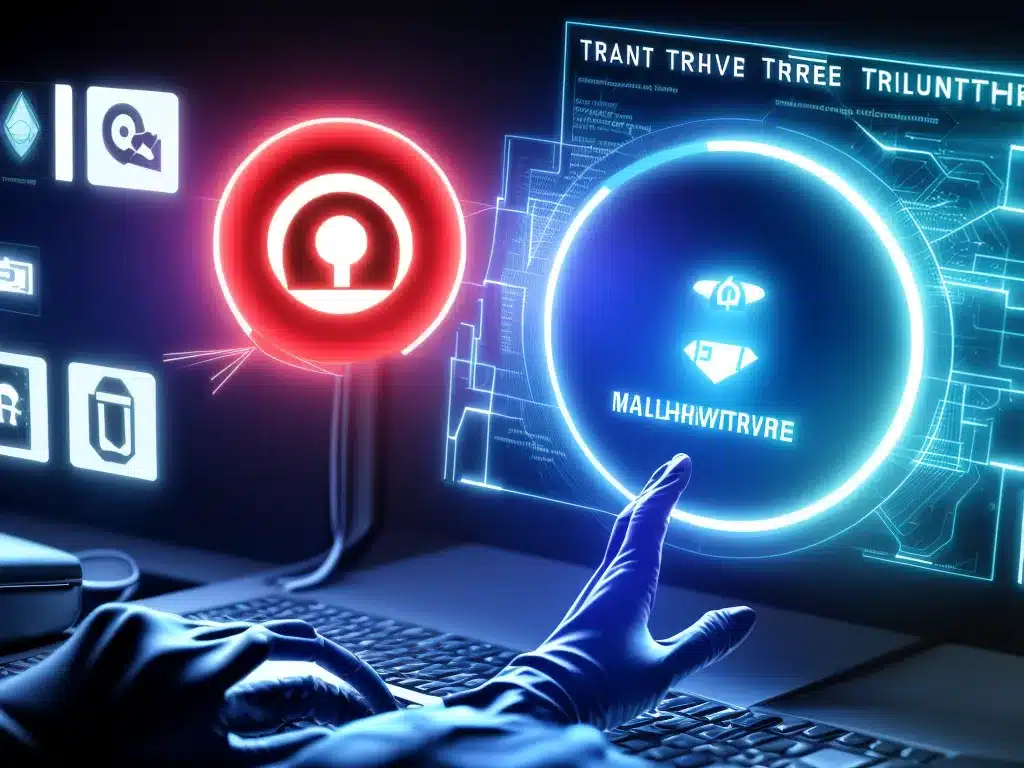Introduction
Malware threats are constantly evolving and becoming more sophisticated. As we look ahead to 2024, it’s important to understand the malware landscape and how it may shift in the coming years. In this article, I will discuss my predictions for the top 5 most prevalent malware threats in 2024.
Ransomware
Ransomware will likely continue to be one of the biggest cybersecurity threats in 2024. Ransomware attacks involve malware that encrypts files on a device and demands a ransom payment in order to restore access. Some key trends that may shape ransomware in 2024 include:
-
More targeted attacks on large enterprises and critical infrastructure. Cybercriminals will refine their tactics to launch more damaging attacks.
-
Ransomware-as-a-Service (RaaS) lowers the barrier to entry for criminals. Novice hackers can simply rent ransomware kits and launch their own attacks.
-
Automated, self-propagating ransomware that spreads quickly across networks.
-
New ransomware strains that are more sophisticated and harder to detect.
-
Demands for ransom payments in cryptocurrencies which are difficult to trace.
Implementing layered security defenses, keeping software patched and up-to-date, and maintaining backups can help mitigate ransomware damage in 2024.
Cryptojacking Malware
Cryptojacking malware hijacks a computer’s resources to secretly mine cryptocurrency. Instead of demanding a ransom, it quietly steals computing power. I expect cryptojacking to surge in 2024 due to:
- The rise of cryptocurrency values drawing more criminals to illicit crypto mining.
- In-browser cryptojacking impacting users who visit compromised websites.
- Attackers exploiting vulnerabilities in widely used software like Node.js.
- The prevalence of unsecured internet-connected devices being co-opted into cryptojacking botnets.
Updating software, using reputable plugins, and implementing browser extensions to block malicious mining scripts can help defend against cryptojacking.
Banking Trojans
Banking trojans are malware designed to steal financial credentials and funds directly from bank accounts. In 2024, the use of banking trojans may rise due to:
-
Advanced new strains of malware like Zeus Sphinx which defeats two-factor authentication.
-
Targeted spear phishing campaigns tricking users into installing banking trojans.
-
Techniques like web injections which alter bank pages to steal information.
-
Interception of SMS messages used for multifactor authentication.
Using comprehensive endpoint protection, avoiding suspicious downloads, and scrutinizing links and attachments can impede banking trojans.
IoT Malware
As more Internet of Things (IoT) devices proliferate, they present a growing target for malware. In 2024, key IoT malware trends may include:
-
Mirai botnets compromising IoT devices and launching DDoS attacks. Mirai was an early IoT botnet that may resurge.
-
Attacks against wearables, smart home devices, and smart city infrastructure.
-
IoT malware built into device firmware, difficult to detect and remove.
-
Data theft from inadequately secured IoT devices.
Segmenting IoT devices, updating firmware, and enacting strong password policies can limit the IoT attack surface.
Fileless Malware
Fileless malware operates entirely in device memory without installing any files. It can evade traditional antivirus scanning. Attributes of fileless malware in 2024 may include:
-
Increased use of PowerShell for fileless attacks.
-
Malware delivered through managed scripts like JavaScript, VBScript, and macros.
-
Fileless attacks carried out through remote desktop connections.
-
Reliance on anti-forensics to erase indicators of compromise.
Using behavior-based threat detection and restricting unnecessary scripting can counter fileless techniques.
Conclusion
As malware continues to increase in sophistication, it is essential to regularly reassess risks and evaluate preventative security controls. My top recommendations for guarding against malware in 2024 include patching promptly, restricting administrative privileges, using multifactor authentication, inspecting network traffic, and implementing endpoint detection and response solutions. With vigilance and proactive measures, organizations can harden their defenses against malware moving forward.













